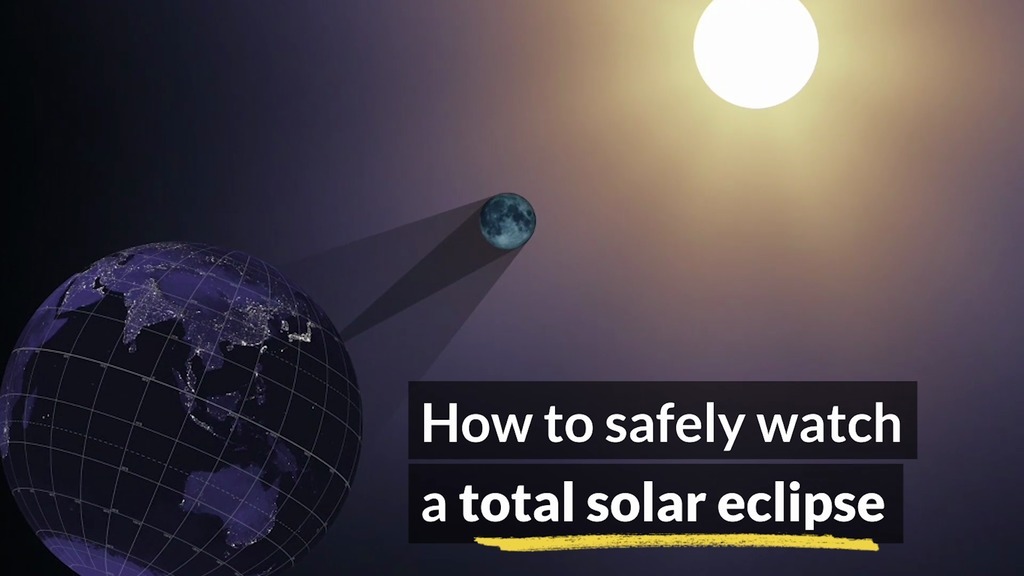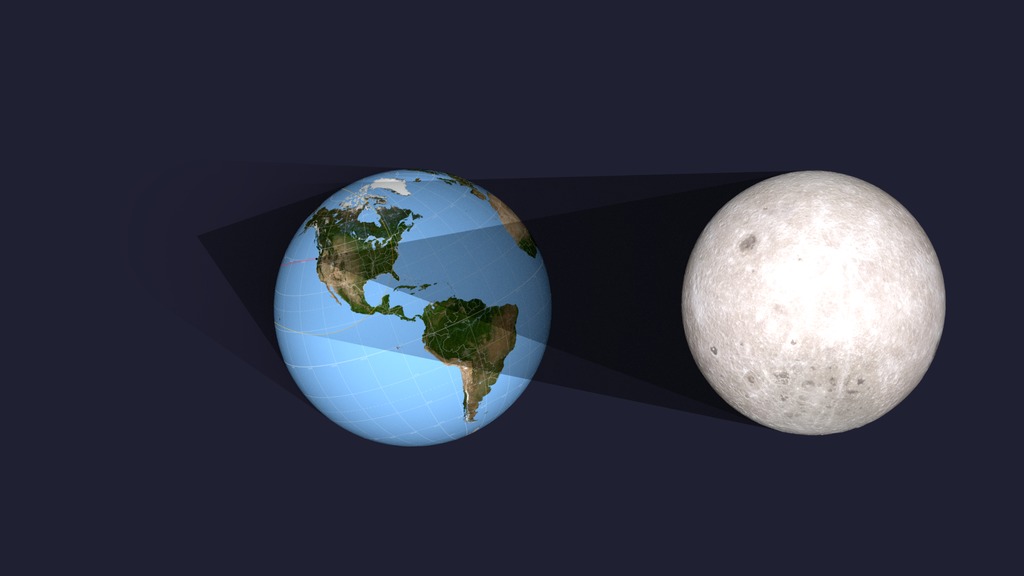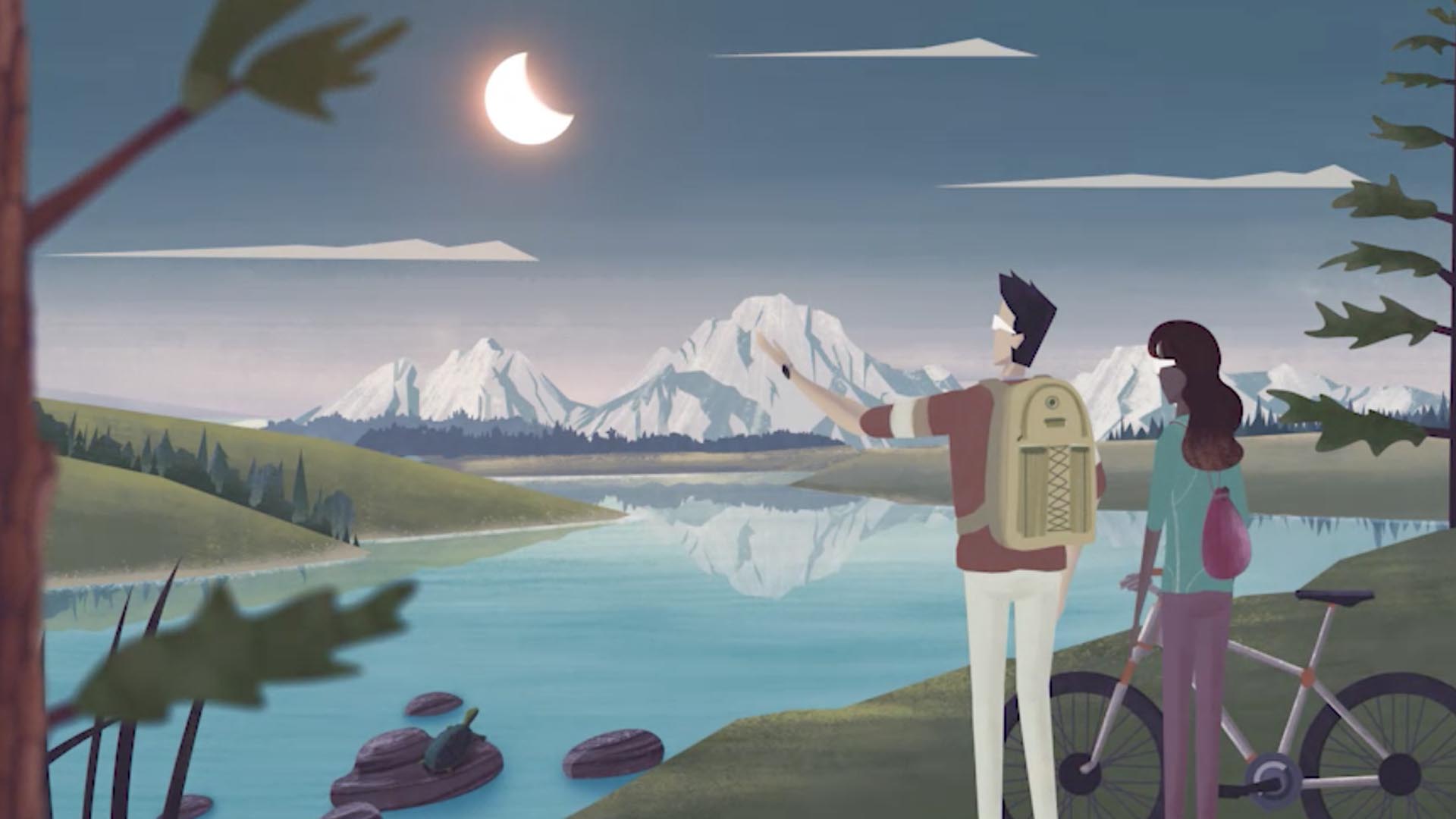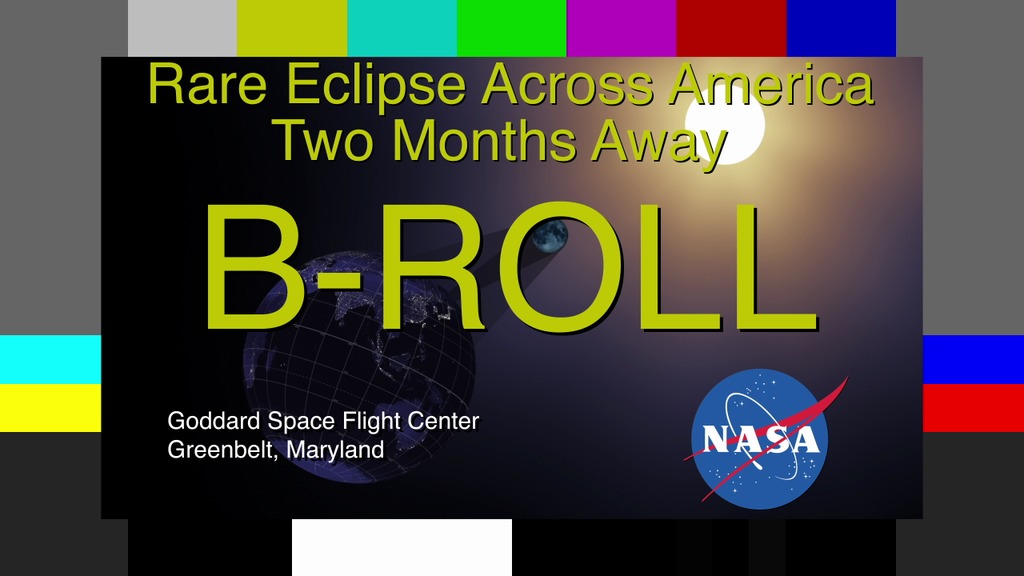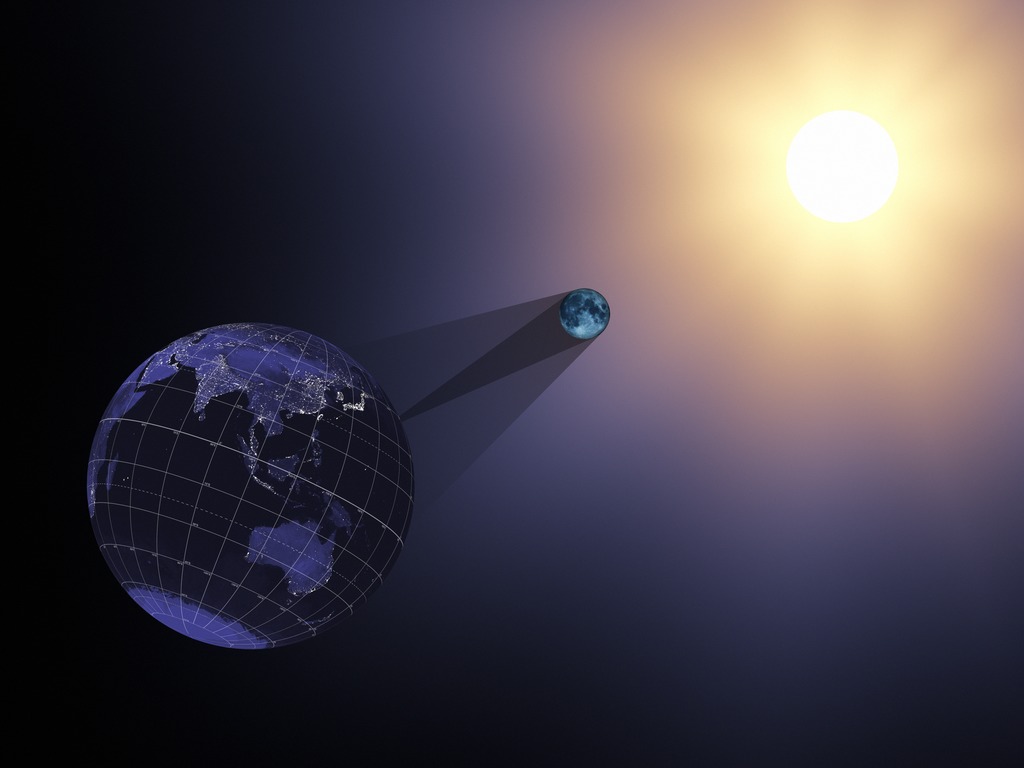One Month & Counting: Solar Eclipse Liveshots (July 21, 2017)

Canned interviews will be available by 6:00 p.m. ET on July 20, 2017.
Become a Citizen Scientist During the Eclipse, Using the GLOBE Phone App
Help Scientists Study What Happens When Earth Goes Dark During the Solar Eclipse
One of the most anticipated solar eclipses in history is just a month away. The August 21 solar eclipse provides a unique opportunity to study our planet and what happens when Earth goes dark during an eclipse. It’s also an opportunity for what may be the largest citizen science project of all time.
On that Monday, the moon’s shadow will darken the sky, causing temperatures to drop and stars to become visible in the normally day lit sky. This brief hiccup in the usual day-night cycle changes the amount of energy an area gets from the sun.
NASA scientists hope to learn just how much Earth’s environment changes during this historic eclipse and they need help from your viewers! Using the GLOBE Observer phone application, curious eclipse onlookers can become citizen scientists. This resulting data will help us better understand the important relationship between the sun and Earth.
Join NASA scientists on Friday, July 21 from 6:00 a.m. – 12:00 p.m. ET to find out where your viewers can see the eclipse and how they can participate, whether they’re viewing from the path of totality or not!
Everyone in North America (weather dependent) will experience an eclipse, one of nature’s rarest shows – even those outside the path of totality. For the first time since 1918, the dark shadow of the moon will sweep coast-to-coast across the United States, putting 14 states in the path of totality and providing a spectacular view of a partial eclipse across all 50 states.
HD Satellite Coordinates for G17-K18/LO: Galaxy 17 Ku-band Xp 18 Slot Lower| 91.0 ° W Longitude | DL 12051.0 MHz | Vertical Polarity | QPSK/DVB-S | FEC ¾ | SR 13.235 Mbps | DR 18.2954 MHz | HD 720p | Format MPEG2 | Chroma Level 4:2:0 | Audio Embedded
1. What’s going to happen one month from today? [answer includes safety information]
2. Why is this eclipse special to NASA?
3. How can our viewers participate?
4. We live on a solar powered planet. How does energy from the sun impact Earth?
5. Where can we learn more?
Extra Questions for Longer Interviews:
6. Tell us about the new mission NASA is preparing to launch that will continue to collect information on the sun-Earth relationship.
7. Can solar eclipses be seen from other planets and what do they look like?
8. An eclipse is a type of transit. How can astronomers use transits to detect planets orbiting other stars?
Location: NASA’s Goddard Space Flight Center / Greenbelt, Maryland
Scientists:
Dr. Michelle Thaller / NASA Scientist
Dr. Jim Garvin / NASA Scientist
Dr. Alex Young / NASA Scientist
Dr. Ivona Cetinic / NASA Scientist
Video: NASA will roll all insert videos during live interviews. If needed, stations can roll a clean feed of all video at 5:45 a.m. ET on July 21, 2017, at the above listed satellite.
Download the GLOBE Observer Application for iOS or Android.
For eclipse information, maps and safety: https://eclipse2017.nasa.gov/
To learn more about the GLOBE program: https://observer.globe.gov/
For more information about how NASA studies Earth: https://www.nasa.gov/earth
B-roll package for liveshot.
Canned soundbites with Dr. Alex Young. TRT 4:59. Includes full transcript answering the following questions:
1. What’s going to happen one month from today? [answer includes safety information]
2. Why is this eclipse special to NASA?
3. How can our viewers participate?
4. We live on a solar powered planet. How does energy from the sun impact Earth?
5. How can we safely view the eclipse?
6. Where can we learn more?
Soundbites with NASA Scientist Dr. Michelle Thaller looking off camera. TRT 4:06. Includes full text of the soundbites. SOTs are separated by a slate. She answers the following questions:
1. What's going to happen one month from today?
2. What's it like to see an eclipse?
3. How can we view the eclipse safely?
4. How can our viewers participate?
5. What is NASA's new mission that will collect information on the sun-Earth relationship?
For More Information
Credits
Please give credit for this item to:
NASA's Goddard Space Flight Center
-
Producers
- Clare Skelly (NASA/GSFC)
- Michelle Handleman (USRA)
-
Editor
- Michael Randazzo (Advocates in Manpower Management, Inc.)
Release date
This page was originally published on Tuesday, July 11, 2017.
This page was last updated on Wednesday, May 3, 2023 at 1:47 PM EDT.
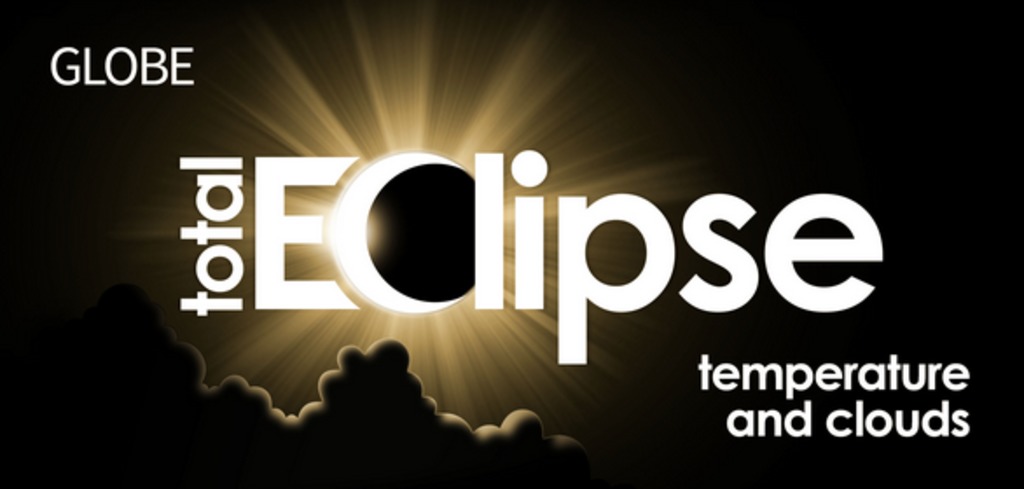
![GLOBE Observer Eclipse App PromoMusic Credit: Killer Tracks Some Assembly [NM336] Puppies Run [KOK2435]](/vis/a010000/a012600/a012653/12653_GLOBE_Poster_Frame.jpg)
![Music: Dawn Drone by Juan Jose Alba Gomez [SGAE]Complete transcript available.](/vis/a010000/a012600/a012669/LARGE_MP4-EPICEclipse_Rescript_large.00696_print.jpg)
